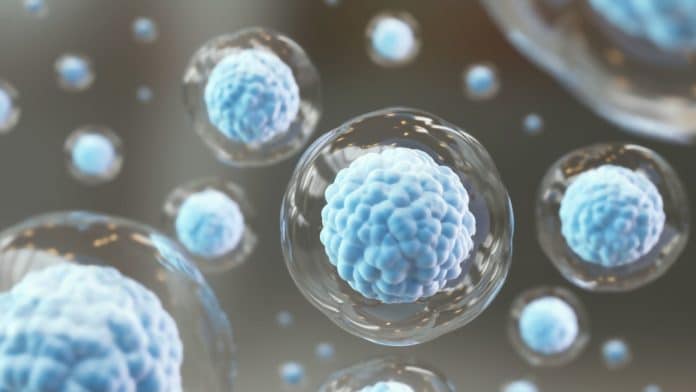Cellular function in tissue is dependent on the local environment. Mapping the molecular properties of cells while acquiring their exact location within a tissue is essential for a better understanding of the disease.
The emergence of spatial transcriptomics has enabled genome-scale gene expression mapping. Still, the ability to capture spatial epigenetic information of tissue at the cellular level and genome scale is lacking. Now, a team of Yale and Karolinska Institutet researchers has developed a technology for spatially resolved chromatin accessibility profiling of tissue sections. The method could help create detailed molecular atlases of individual cells in different tissues and aims to understand better how diseases develop.
The method define which regions of the chromatin are accessible genome-wide in cells at specific locations in a tissue.
Gene activation requires this chromatin accessibility, which offers distinct insights into the molecular condition of any particular cell. A significant advance in understanding cell identity, cell state, and the underlying mechanisms that control the expression of genes – known as epigenetics – in the development of various tissues or diseases is the ability to combine the analysis of chromatin accessibility with the spatial location of cells.
Rong Fan, professor of biomedical engineering at Yale, said, “Now we can identify the cell types to build a spatial cell atlas based on chromatin accessibility. We can directly see the cell types at an epigenetic level for a better definition of cell states or to discover cell types.”
Scientists profiled both mouse and human tissues using a method called ‘spatial-ATAC-seq.’ Using this method on brain tissue allowed scientists to see how intricately various brain regions develop. To get insight into the organization of immune cell types, they also applied it to the human tonsil tissue.
Fan said, “We’ll get an unbiased global view, and a much finer resolution view, of all possible cell states, and more importantly, ‘see’ where they are in tissue. It’s a powerful tool for building cell maps and cell atlases.”
Yanxiang Deng, a postdoctoral associate in Fan’s lab and lead author of the study, said that by using the new method, they could identify the epigenome of cell types in the mouse brain tissue in their native location.”
Goncalo Castelo-Branco, professor of glial cell biology at Karolinska Institutet, said, “Applying spatial ATAC-Seq in diseased tissues might allow us in the near future to identify transitions between epigenetic states in specific cells in the context of the disease niche, which will give insights of the molecular mechanisms that mediating the acquisition of pathological cellular states.”
Journal Reference:
- Deng, Y., Bartosovic, M., Ma, S. et al. Spatial profiling of chromatin accessibility in mouse and human tissues. Nature (2022). DOI: 10.1038/s41586-022-05094-1
